So, you’ve decided to learn Python. Congrats 🎉 You’re about to join a club where people argue about indentation1, brag about automating boring stuff, and pretend installing Python the first time wasn’t a total nightmare.
But don’t worry, my friend. I’ve got your back. Whether you want to be the next data wizard, automate Netflix binge reminders, or just impress that one colleague who “only codes in Rust” (ugh 🙄), this guide is your golden ticket.
What Is Python?
Imagine a programming language so chill that even your grandma could learn it between knitting sessions. That’s Python.
- It’s beginner-friendly (English-like syntax).
- It’s everywhere — from web apps to AI to hacking your toaster.
- It has a community so massive you’ll never run out of Stack Overflow answers (and wrong ones too, but hey, that’s tradition).
👉 Want a deeper explanation? Check out this what is Python guide. It breaks things down without making your brain cry.
Getting Started with Python
Step 1: Installing Python
Let’s be real: the hardest part of learning Python isn’t loops or functions — it’s figuring out why your laptop suddenly has three versions of Python and none of them work.
How to install Python (the correct way):
- Go to Python.org downloads.
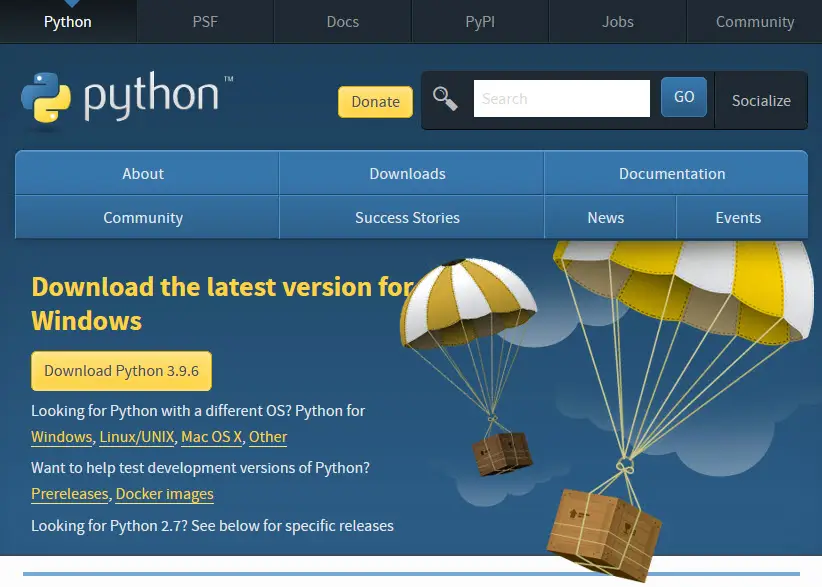
- Click the giant download button (seriously, don’t overthink it).
- Install. Make sure you tick the “Add Python to PATH” checkbox — future you will thank present you.
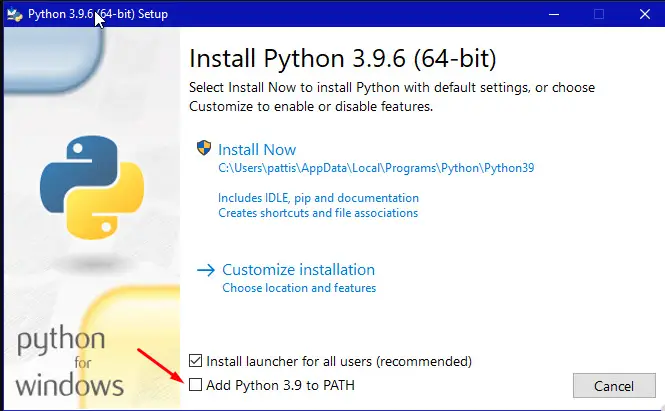
- Verify with:
python --version
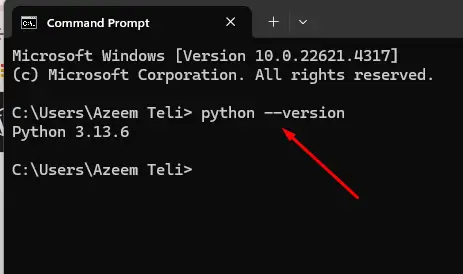
💡 Pro Tip: Mac/Linux folks, you probably already have Python installed. Windows users… sorry, you’re in for a ride.
Step 2: Choosing Your Editor/IDE)
Coding in Notepad is like writing your novel on a piece of toilet paper. Please, don’t.
Here are some battle-tested editors for beginners:
- VS Code – Free, powerful, customizable (basically the Swiss Army knife).
- PyCharm – Heavyweight champ with all the pro features.
- Thonny – Made specifically for beginners. Think “training wheels IDE.”
If you’re just starting, VS Code is your safest bet. It’s like the iPhone of coding editors—everyone uses it, even those who swear they “hate Microsoft.”
Step 3: Writing Your First Python Program
Ah, the famous Hello World. This is the rite of passage — the “first baby steps” moment when you make your computer speak back to you.
Open your editor, type this, and run it:
print("Hello, World! 🚀")
If your screen prints that message, congrats. You’re officially a Python programmer. Go ahead, add it to your LinkedIn.
Step 4: Python Basics
Below is the full roadmap to master the Python Basics.
- Resources
- Article
- Article
- Article
- Article
- Article
- Article
- Article
- Article
- ArticleHard
- ArticleHard
- Article
- Article
Step 5: Build Tiny Projects
Learning syntax is cool, but building something fun? Way cooler. Try these beginner projects:
- Calculator app (because who doesn’t love reinventing the wheel?)
- To-do list (the one you’ll never use 😅)
- Dice roller (for that one board game night you’ll host once a year)
Need inspiration? EasyPython.org drops plenty of beginner-friendly resources. Bookmark it now, thank me later.
FAQs
Is Python good for beginners?
Yes. It’s like the Lego of programming languages—simple but powerful.
Which Python version should I use?
Always go with the latest Python 3.x version. Python 2 is basically a fossil.
How long does it take to learn Python?
Depends. If you practice daily, basics in a few weeks. Mastery? Well… even the pros are still learning.
Can I use Python for web development?
Yep! With frameworks like Django and Flask, you can build serious websites.
Extra Resources
- Official Python Docs – dry but gold standard.
- EasyPython Tutorial – snack-sized lessons.
Final Words
Learning Python isn’t rocket science (though Python is used in rocket science 🚀). You’ll mess up indentation, forget colons, and question life choices when TypeError shows up at 2 AM. But that’s part of the ride.
Stick with it, build small projects, laugh at your mistakes, and soon you’ll be flexing Python skills like a pro. And hey, when your code finally runs without errors? That’s basically a free dopamine hit.
👉 Ready to dive deeper? Start with this simple breakdown: What is Python?
Or go explore the treasure chest at EasyPython.org and level up your coding journey.
Now go forth, young coder. Your Python adventure awaits 🐍✨
References
- Indentation means adding spaces or tabs at the beginning of a line to show code structure. ↩︎
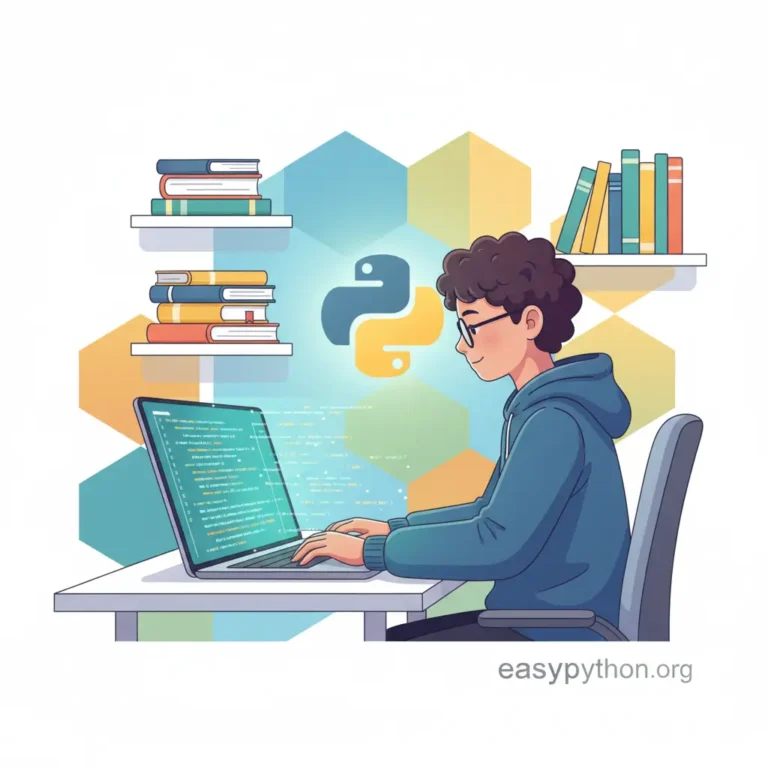
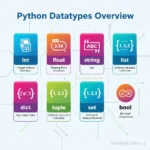
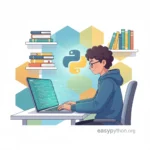
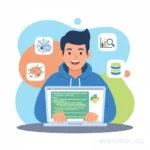
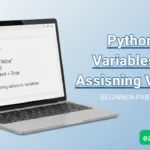
[…] for you if you just stick to spaces. And if you’re still scratching your head, check out this Python Getting Started Guide to set up your environment […]
[…] you’re still at the “Hello World” stage, you might want to peek at Getting Started with Python before you dive into this […]
[…] you haven’t installed Python yet (and IDLE with it), check out this beginner’s Python installation guide before you […]
[…] 👉 Want a smooth start with basics? Check out this Beginner’s Python Getting Started Guide. […]
[…] you’re still at the very beginning of your Python journey, check out this Getting Started with Python guide first before diving […]
[…] 👉 Need help starting from zero? Check my guide on getting started with Python. […]